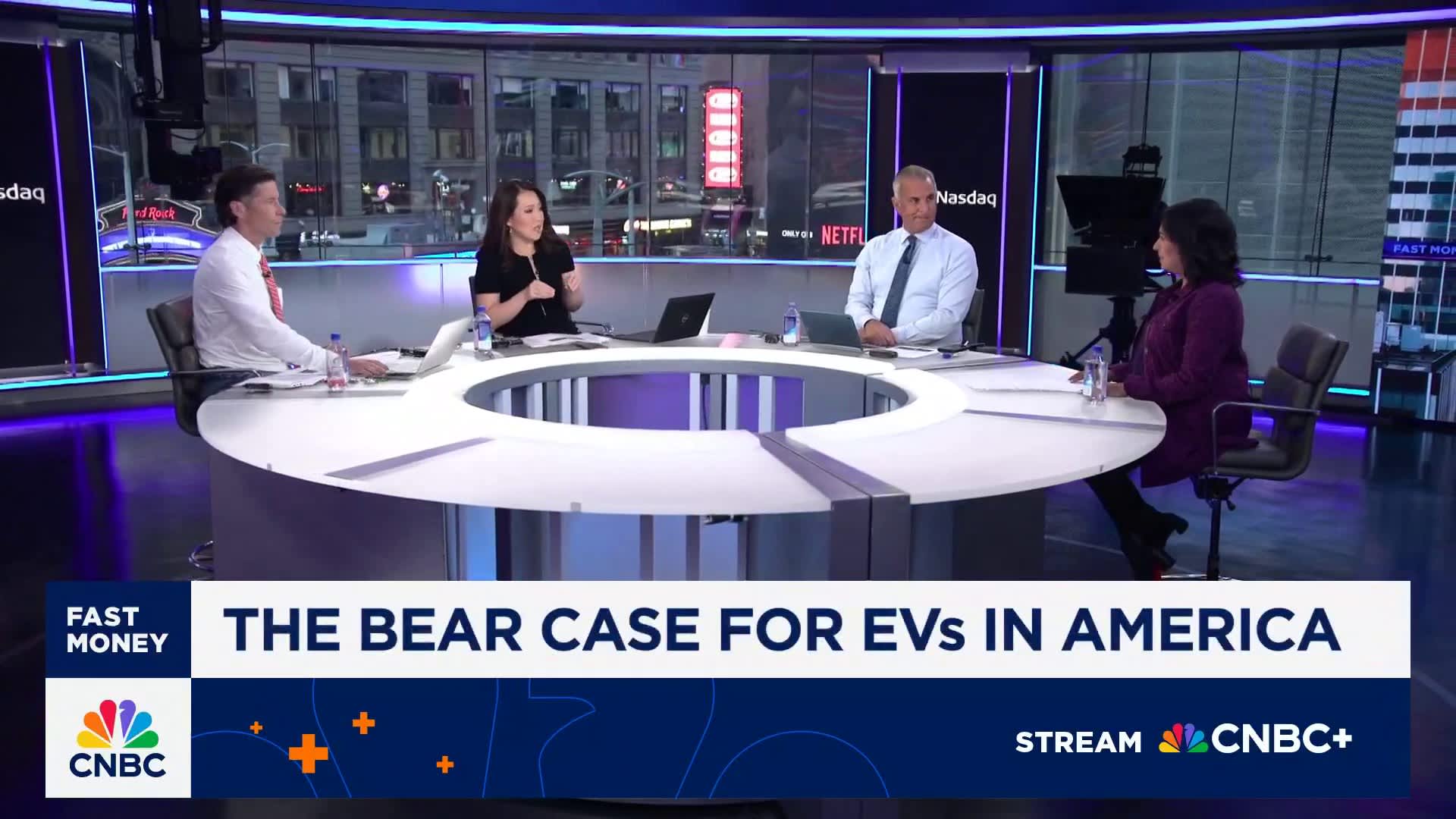The U.S. electric vehicle (EV) market is witnessing rapid growth, but consumers are increasingly feeling financial pressure, particularly regarding credit availability. During a recent discussion on CNBC’s “Fast Money,” Laks Ganapathi, founder and CEO of Unicus Research, highlighted the challenges consumers face as they navigate the evolving automotive landscape.
Ganapathi noted that many consumers are “stretched thin” and have exhausted their credit options. This situation raises concerns about the sustainability of consumer spending in the face of rising prices and interest rates. With the demand for electric vehicles surging, the financial strain on consumers could impact their ability to invest in new technologies.
Electric Vehicle Market Growth and Consumer Impact
The U.S. electric vehicle market is experiencing significant momentum, driven by consumer interest and government incentives. As manufacturers ramp up production, the availability of EVs is expected to increase, potentially benefiting consumers in the long term. However, with many households already facing tight budgets, the question remains whether they can afford to make this transition.
Ganapathi emphasized the importance of understanding consumer behavior in this rapidly changing environment. He explained that while the market for electric vehicles is growing, the financial health of consumers is critical to sustaining this growth. Many are hesitant to take on additional debt, especially as they face higher costs of living.
The implications of this shift extend beyond individual purchases. A strained consumer credit situation could lead to broader economic consequences, affecting not just the automotive sector but also related industries. If consumers cannot finance their vehicle purchases, manufacturers may face excess inventory, which could ultimately hinder the growth of the electric vehicle market.
Looking Ahead: Consumer Sentiment and Market Trends
As the market evolves, understanding consumer sentiment will be vital for stakeholders. According to Ganapathi, monitoring trends in consumer credit and spending will provide insights into future demand for electric vehicles.
The discussion on “Fast Money” sheds light on the complex interplay between consumer credit and the electric vehicle market. While the growth potential is undeniable, it is crucial for companies and policymakers to address the financial realities consumers are facing.
In summary, the U.S. electric vehicle market is on an upward trajectory, but consumer financial strain poses significant challenges. As Laks Ganapathi pointed out, without a strong foundation of consumer credit, the growth of this market may face hurdles that could slow its momentum. Stakeholders must remain vigilant in understanding these dynamics to foster a sustainable future for electric vehicles in the United States.





































































